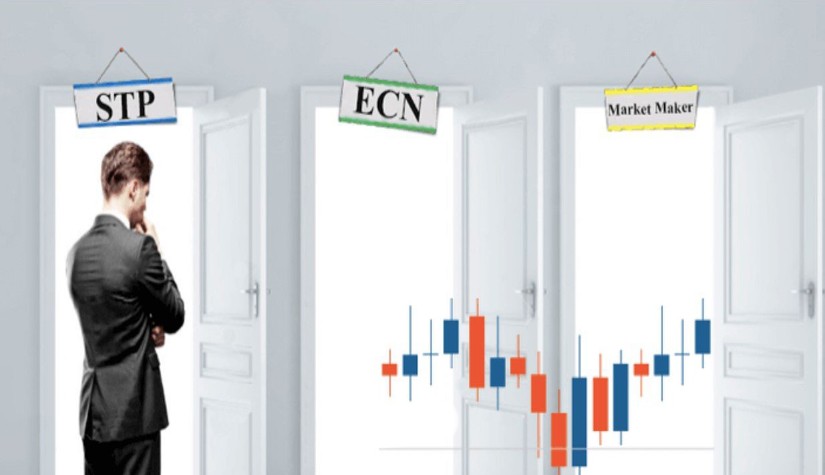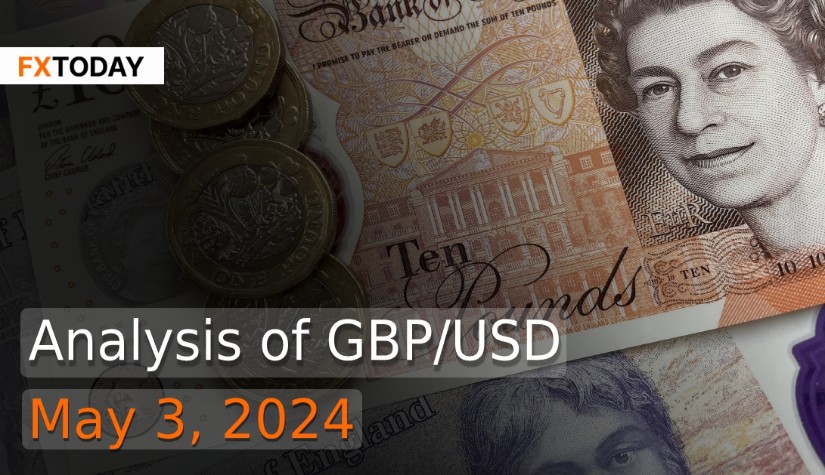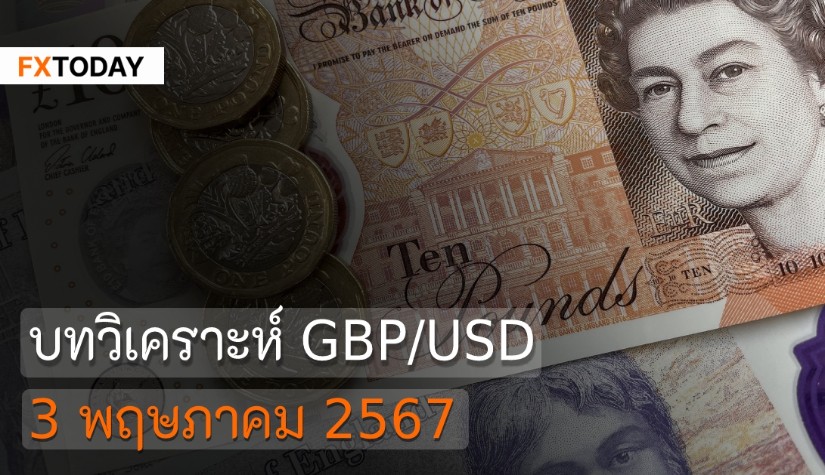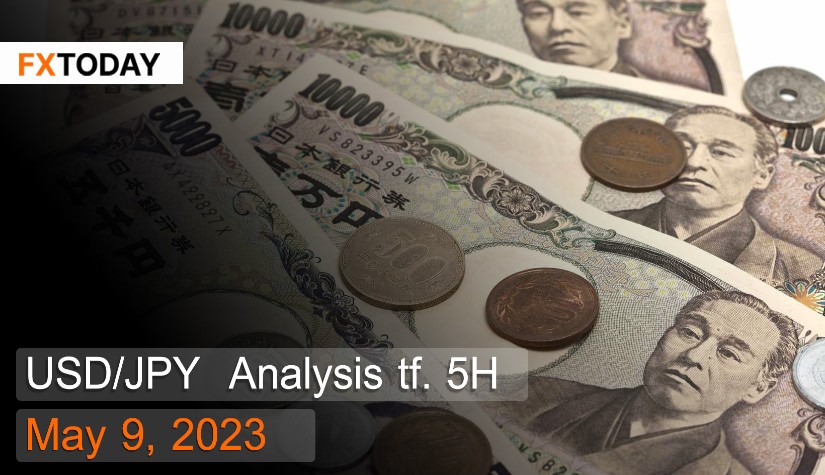A wide range of indicators is at the disposal of those who practice technical analysis, among which Moving Averages have proven to be particularly popular. Offering various analytical capabilities, these include the Simple Moving Average (SMA) and the Weighted Moving Average (WMA).
This article aims to clarify Momentum Moving Averages, a favorite indicator among analysts prioritizing momentum analysis.
What Are Momentum Moving Averages?
Momentum Moving Averages create a moving average line of the closing price using momentum observation. This function enables price movement to be smoothed out, facilitating a more straightforward approach to analyzing trend directions.
Momentum Moving Averages can be interpreted by noting when the Momentum Moving Averages line breaks through the resistance line, signaling a possible buying opportunity. Alternatively, if it crosses below the support line, it typically suggests a selling signal. Nonetheless, Momentum Moving Averages generally generate slower momentum signals compared to other indicators, which lowers the risk of false breakouts due to their steadier lines.
Calculating Momentum Moving Averages
To figure out Momentum Moving Averages, the following formula is used:
MOVING AVERAGE MOMENTUM = MA - MAn
MA stands for the Current Moving Average
MAn signifies the Moving Average of the last n days.
The Use of Momentum Moving Averages
Momentum Moving Averages facilitate traders in three main aspects:
1. Identifying Price Trends: The tool can verify the direction of price movement, distinguishing between an uptrend, a downtrend, or a sideways movement.
2. Monitoring Price Momentum: The Momentum Moving Average keeps track of price momentum, hinting at possible shifts in trend direction.
3. Formulating Buy/Sell Indicators for Profit: Traders can create buy/sell indicators for profit by comparing the current price with previous prices, through the calculation of the average value.
Who Can Benefit From Momentum Moving Averages?
1. Trend Traders: Trend traders, who prosper on price movements, find Momentum Moving Averages to be particularly useful, as they can identify the power and trend direction.
2. Swing Traders: Swing traders, focusing on short-term price changes within the primary trend, can leverage Momentum Moving Averages to analyze price consolidations or reversal signals. This facilitates quicker detection of trend alterations.
3. Day Traders: Momentum Moving Averages offer day traders engaged in short-term timeframes, which means analyzing daily momentum trends, making it a helpful tool.
While the traders listed above can gain significantly from Momentum Moving Averages, other traders may also incorporate this tool based on their particular strategies and trading techniques.
Example of Swing Trading in Forex
In the Forex market, swing traders often turn to Momentum Moving Averages to create buy and sell alerts. Here's an explanation of how a 5-day and 20-day moving average can be used for buy and sell entry strategies.
Buy Entry Strategy:
1. The 5-day moving average should exceed the 20-day moving average.
2. A trading preparation alert occurs when the price falls and closes below the 5-day moving average for the first time.
3. If the price then closes above the 5-day moving average within three days, take a long position at the 'Open Price' of the following candle. However, abandon the order if it fails to close above the 5-day moving average within this period.
4. Set the stop-loss at the candle's low before starting the long position.
5. Consider adjusting the trailing stop if the trade is favorable.
Sell Entry Strategy:
1. The 5-day moving average needs to be lower than the 20-day moving average.
2. If the price ascends above the 5-day moving average for one day and then drops below it, this is a potential sell signal.
3. Begin a short position at the open price of the next candle.
4. Set the stop-loss at the candle's high before initiating the short position.
Conclusion
Momentum Moving Averages are beneficial for assessing trend direction by capitalizing on momentum. They assist in forming buy and sell alerts within the Forex market and are well-suited to traders preferring short-term trading, like day traders and swing traders. However, it's essential to note that Momentum Moving Averages are tools to help trade, and trading strategies may vary based on individual preferences.
_____________________________
Maximize your knowledge: Blog
Keep up to date on global events: News
Updated
10 months ago
(Jun 21, 2023 10:30)
















